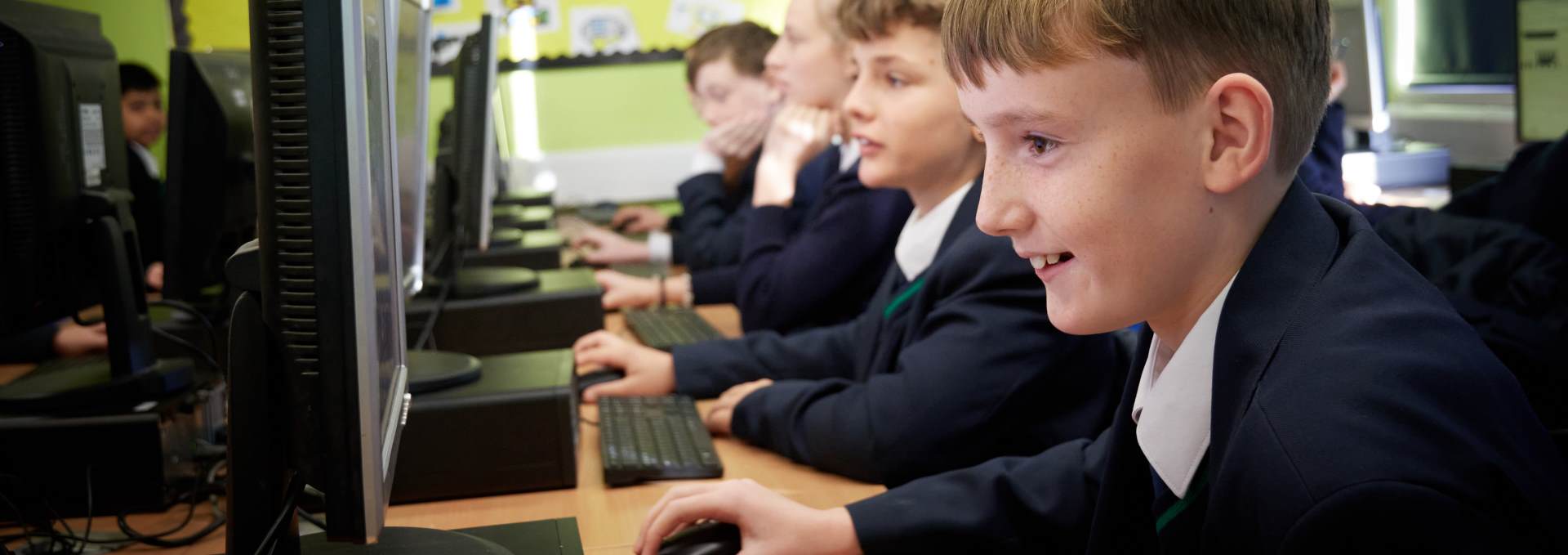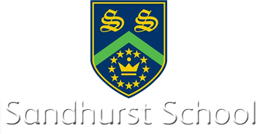Computing & IT
Intent:
Our vision is to empower all students, regardless of background, ability, or prior experience, to become confident, creative, and critical thinkers in the digital world. We aim to equip them with the computational skills and knowledge to not only use technology effectively but also understand its inner workings and potential to shape the future. We want students to develop an understanding far deeper than the interface they operate with, enabling them to develop their ideas through information and communication technology (ICT).
Further information:
Our curriculum
We have a high-quality, established curriculum that is coherently planned and sequenced. This curriculum has been developed, tested, and modified over a number of years, and we constantly monitor and make relevant changes based on factors like the latest DfE guidance on online learning. Our key objectives are to:
- Develop computational thinking: Foster problem-solving skills through the decomposition of complex tasks, algorithmic thinking, and the design of effective solutions using appropriate programming languages.
- Embrace digital literacy: Equip students with the critical skills to navigate the digital landscape safely, responsibly, and ethically. This includes understanding online safety, data security, and the ethical implications of technology.
- Nurture creativity and innovation: Provide opportunities for students to express themselves through various digital channels, encouraging them to design, develop, and present innovative technological solutions.
- Bridge the gap between user and developer: Demystify the technology behind everyday applications by exploring core computer science concepts like hardware, software, networks, and data structures.
- Celebrate diversity and inclusion: Ensure all students, including those with Special Educational Needs (SEN), feel supported and challenged through differentiated learning strategies and personalised approaches. We aim to foster a welcoming environment where everyone feels confident to participate and explore their potential.
- Address absences and learning gaps: Utilise various resources and flexible learning approaches to ensure students who have missed lessons due to absences can catch up and maintain their progress.
Implementation: Teaching and planning
We employ a variety of engaging and differentiated teaching methods and resources to cater to diverse learning styles and abilities. These include:
- Interactive activities
- Simulations
- Hands-on projects
- Opportunities for individual and group work
- Formative assessment and differentiation to tailor learning experiences to individual needs and SEN considerations
- Collaboration to foster a supportive learning environment
We also ensure all students have access to the software needed to complete coursework through online software and by opening our open area for after-school access for students who lack resources at home.
Assessment
We utilise a variety of assessment strategies to monitor student progress and inform future teaching and learning. This includes ongoing formative assessment to support differentiation and summative assessment to measure student attainment against curriculum objectives.
Impact
By the end of KS4, we aim for students to be:
- Equipped with the knowledge and skills to confidently use technology for various purposes.
- Adept at problem-solving and critical thinking, applying computational approaches to real-world challenges.
- Capable of designing and developing simple computer programs, and understanding the underlying concepts of computer science.
- Responsible and ethical digital citizens, aware of online safety and the societal implications of technology.
- Enthusiastic about exploring the vast potential of computer science and pursuing further education or careers in this dynamic field.

Curriculum time allocation
KS3 (Years 7, 8 and 9) - 1 or 2 hours per fortnight
KS4 (Years 10 and 11) - 5 hours per fortnight
Curriculum pathways
KS4 Personal Learning Checklists (PLC)
Creative iMedia
Creative iMedia Unit 1 The media industry
Creative iMedia Unit 2 Factors influencing Product Design
Creative iMedia Unit 3 Pre-production planning
Creative iMedia Unit 4 Distribution considerations
Computer Studies
Computer Studies J27701 1.1 Systems architecture
Computer Studies J27701 1.2 Memory and storage
Computer Studies J27701 1.3 Computer. Networks, connections and protocols
Computer Studies J27701 1.4 Network Security
Computer Studies J27701 1.5 Systems software
Computer Studies J27701 1.6 Ethical, legal, cultural and environmental impacts of digital technology
Computer Studies J27701_UNIT 1 COMPLETE
Computer Studies J27702 2.1 Algorithms
Computer Studies J27702 2.2 Programming fundamentals
Computer Studies J27702 2.3 Producing robust programs
Computer Studies J27702 2.4 Boolean logic
Computer Studies J27702 2.5 Programming Languages and Integrated Development Environments
Computer Studies J27702_UNIT 2 COMPLETE
KS4 exam information
| Exam | Computer Science |
| Board | OCR |
| Spec | J277 |
| Paper 1 |
Computer Systems 50% of the qualification 80 marks 1 hr 30 mins |
| Paper 2 |
Computational thinking, algorithms and programming 50% of the qualification 80 marks 1 hr 30 mins |
| Exam | Creative iMedia |
| Board | OCR |
| Spec | J834 |
| Paper 1 |
Pre-production skills 1hr 15 min |
| Paper 2 |
2 pieces of Coursework 33% each Digital Graphic (compulsory) Interactive Product (option choice) Approximately 15 hours of supervised time for each piece of coursework. |
Department Contact
Mrs J Anderson
janderson@sandhurstschool.org.uk

